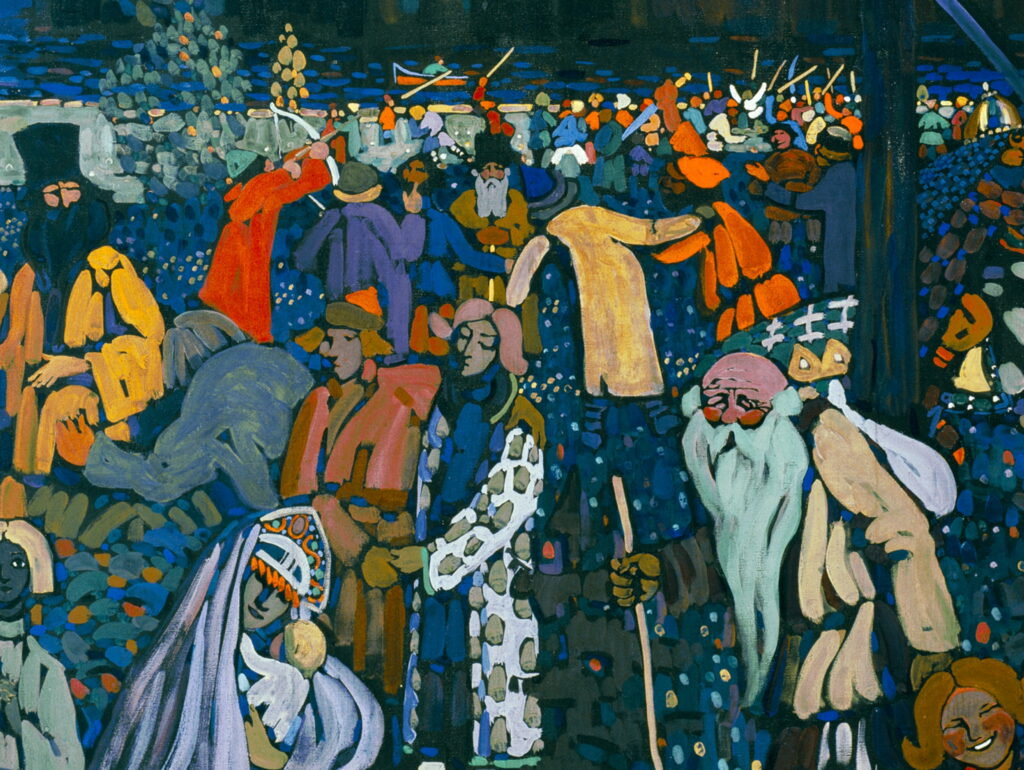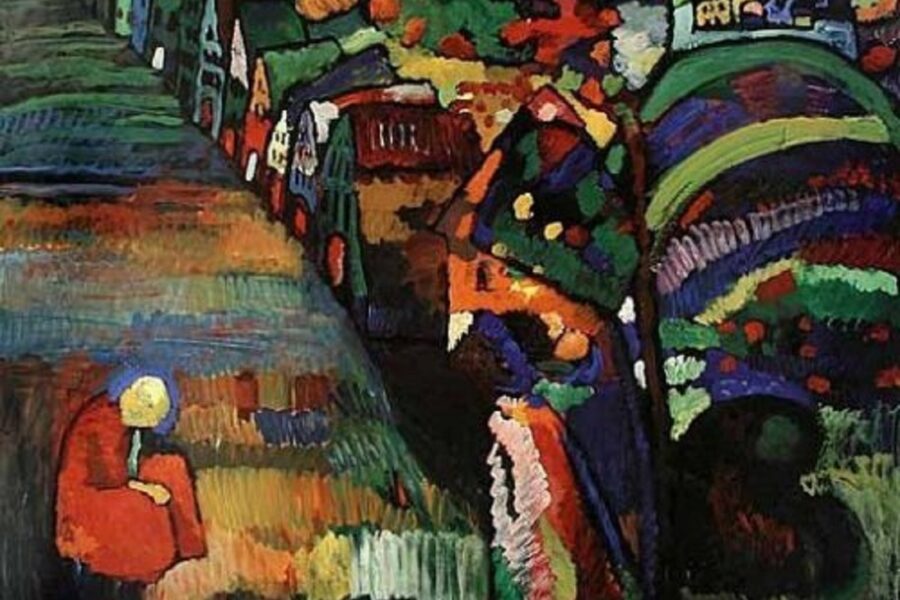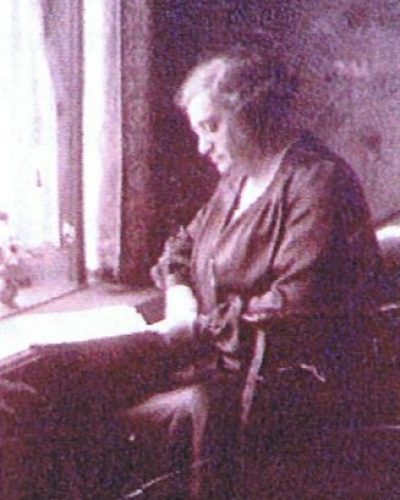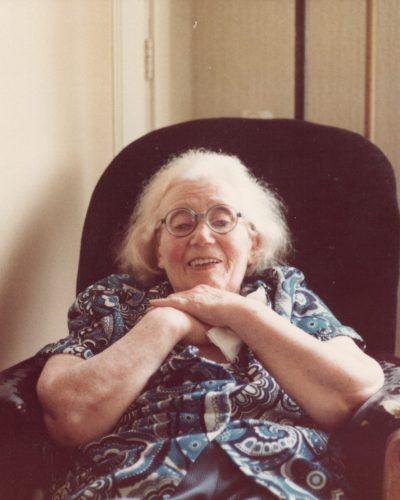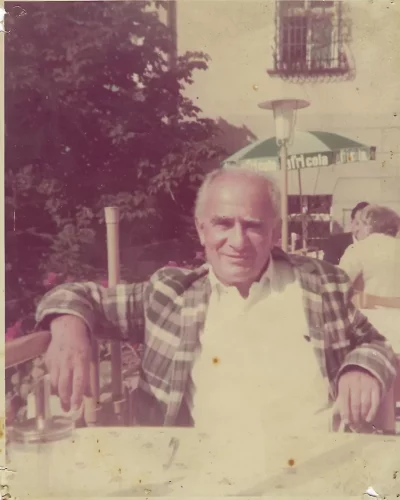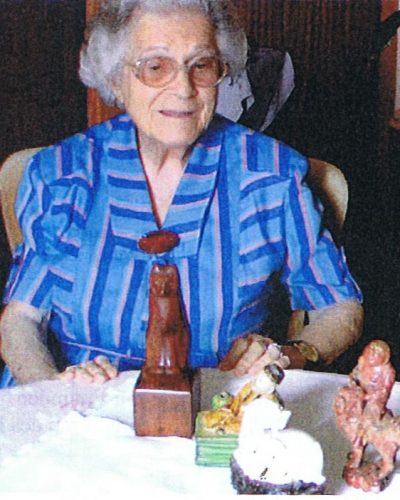No answer has been found to the question who brought the Lewenstein collection to the auction, nor do we know who received the proceeds…
Emanuel Albert Lewenstein, born in The Netherlands, was the Jewish son of Adolph Lewenstein. Adolph had founded the very successful sewing machine company A. Lewenstein Naaimachines in the 19th century, later known as N.V. Amsterdamsche Naaimachinenhandel.
Emanuel was passionate about art and used part of the family fortune to collect paintings, drawings and prints, mostly by Dutch contemporary artists, such as Jozef Israëls, Joseph Isaacson, Jan Toorop, Jan Sluyters and many others, some of whom he knew personally, such as Dirk Berend Nanninga. His collection also contained the works of old masters, including an impressive collection of Rembrandt prints, which he likely inherited from his father.
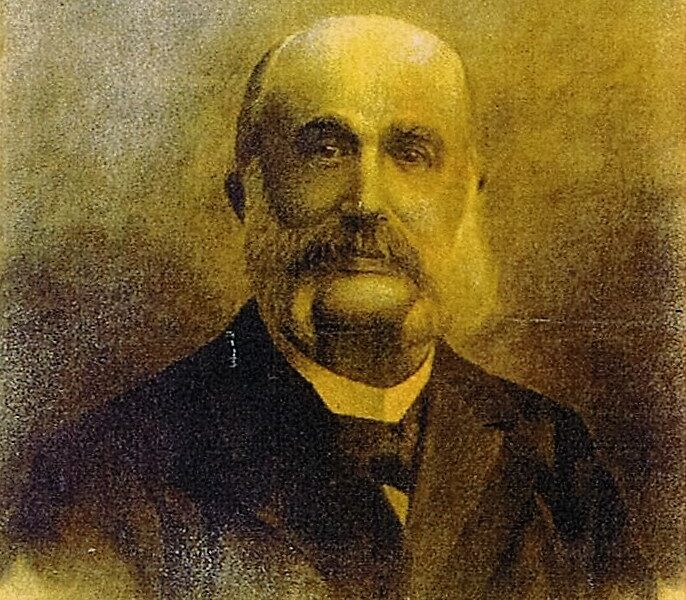
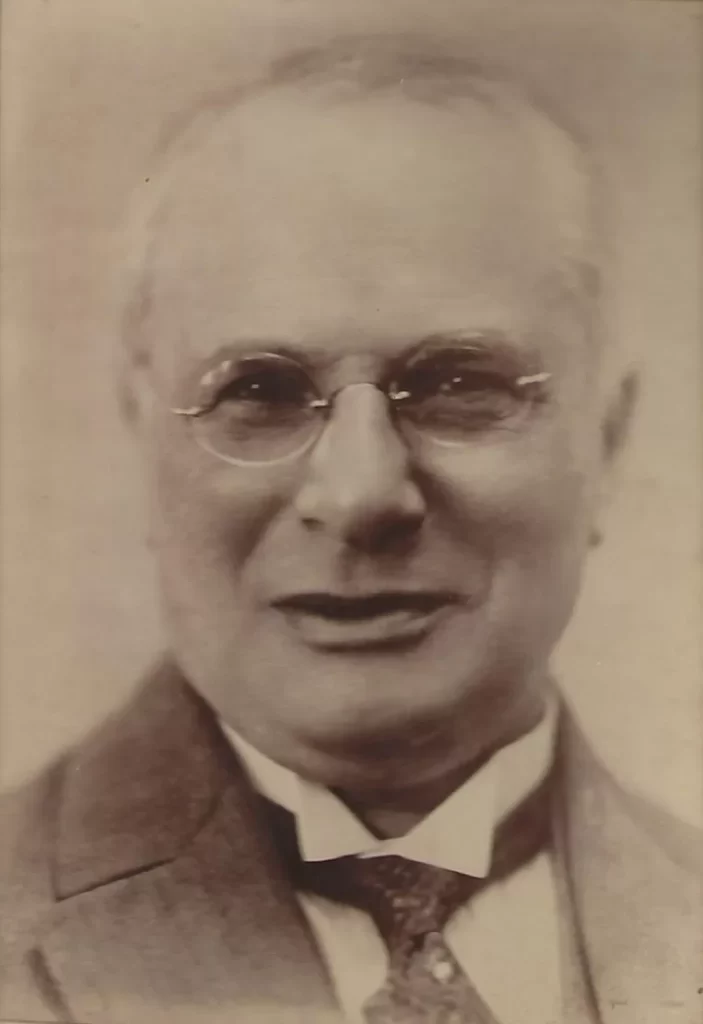
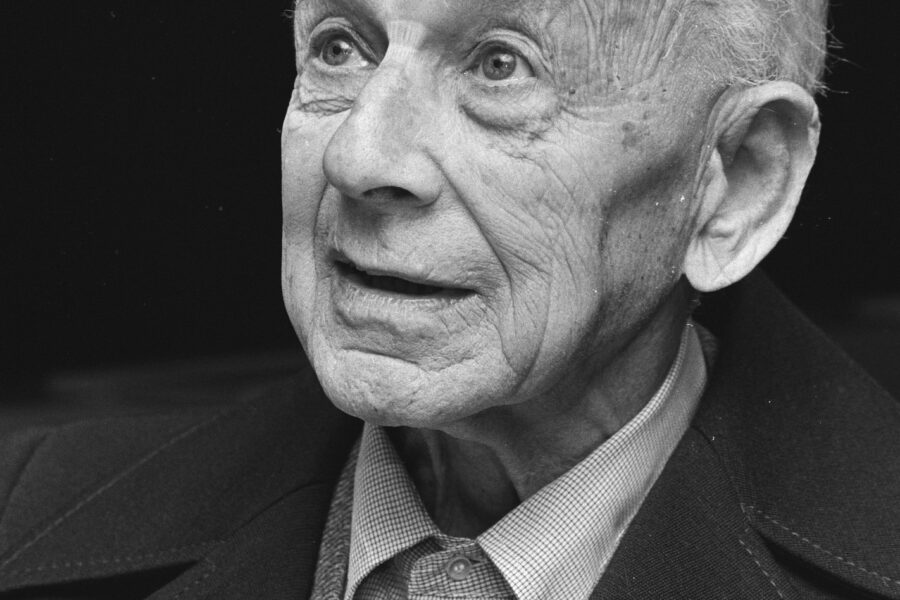
An Influential Cousin
Emanuel’s cousin, Paul Citroen, had an important influence on the development of Emanuel’s collection. Paul Citroen was born in Berlin and was trained as an artist at the famous Bauhaus academy in Weimar, Germany, where he came in contact with many prominent artists such as Johannes Itten, Paul Klee and Wassily Kandinsky.
Citroen, together with his friend, the photographer Erwin Blumenfeld (1897-1969), acquired a vast number of artworks from the Der Sturm gallery in Berlin, which they brought to The Netherlands in about 1919, with the intention to sell them. Emanuel acquired several paintings from this fine selection of artworks, such as works by Jean Metzinger, Odilon Redon, Oskar Kokoschka, and two ground-breaking paintings by Kandinsky: Das bunte Leben (1907) and Bild mit Häusern (1909). Both Kandinsky paintings were still made during his figurative period, and both beautifully demonstrate that he was going through the process of abstracting to arrive at this famous first abstract painting in 1911.
After Emanuel passed away in 1930, his collection was managed by his wife Hedwig Lewenstein-Weyermann, and was then inherited, after her passing in 1937, by their two children, Robert and Wilhelmine Lewenstein. At this time, in the late 1930s, the lives of both Robert and Wilhelmine were in turmoil. Wilhelmine had married a Portuguese man, José da Silva, with whom she moved from The Netherlands to Mozambique in 1938, where she remained until after the war.
In 1938, Robert separated from his wife, the actress Irma Klein, who had fled Berlin in 1933 and had only met Robert shortly afterwards. In April of 1939, Robert moved to Vence, France, to live with his new partner, the American model Shirley Goodman, who later became one of the well-known “Gibson Girl” models. They both resided at a house in the hills to the north of the city, which was called “l’Oiseau Bleu”.
World War II
After the Nazi invasion of The Netherlands in May of 1940, Wilhelmine and Robert lost their income from the family sewing machine business, because the company was no longer permitted to send money to foreign countries. For Robert and Shirley, the Nazi invasion of France, one month later, led to more dire concerns. Fortunately, the couple was able to escape from France and after a very difficult journey, were able to travel by boat from Lisbon to New York, where they remained until after the war.
In late 1940, in an attempt to protect the Lewenstein family business from being Aryanized by the Nazis, both Robert and Wilhelmine transferred their shares in the company to a certain Mr J. Ravenstein of the city of Heemstede. Unfortunately, their shares were still confiscated in 1941 and were sold to F.J. Worndl, an Austrian trustee.
Although the Lewenstein siblings were able to reclaim their shares after the war, some of their employees did not fare as well, and were deported to concentration camps. With the occupation of the Netherlands, the Lewenstein family also lost several family members. Two aunts and one uncle perished in concentration camps: Siegfried Lewenstein (9 June 1869, Amsterdam to 14 May 1943, Sobibor, Poland), Rosa Lewenstein (died 31 May 1944, Auschwitz, Poland) and Julie Lewenstein (18 March 1877, Amsterdam, to 31 May 1944, Auschwitz, Poland).
The war led to the loss of the family’s art collection…
The Auction
The war also led to the loss of the family’s art collection, which remained in The Netherlands, when Wilhelmine and Robert had left the country. On October 8th and 9th of 1940, the collection was offered for sale at the Frederik Muller auction house, the most important auction house in Amsterdam at that time, and which was also notorious for having organized the sales of artworks, which had been looted during the war. The fact that also 150 artworks from the famous Goudstikker collection were offered for sale at the same auction, underlines the suspicious circumstances under which this auction was organized. Both Kandinsky painting’s Das bunte Leben and Bild mit Häusern were sold as part of the “Estate of L…., Amsterdam”, which was comprised of 83 lot numbers. Research has confirmed that the letter “L” stood for “Lewenstein” and that the sale included artworks of the estate of Hedwig Lewenstein-Weyermann, or in other words, artworks which were inherited by Robert, Wilhelmine and also Robert’s wife Irma, with whom Robert was married in community of property until they were officially divorced in 1944. While it is unknown who brought the Lewenstein collection to the auction and received the proceeds, it is well established that the sale was involuntary.A Questionable Provenance
The painting Bild mit Häusern was acquired for Fl. 160, a fraction of the market value, by David Roëll , the director of the Stedelijk Museum in Amsterdam. The auction featured another Kandinsky painting, Das Bunte Leben, that was obtained under dubious circumstances. It had been on loan to the Stedelijk Museum from Hedwig Lewenstein-Weyermann since 1933. One month before the auction, the mysterious art dealer Abraham Querido collected the painting from the museum. The identity of the individual who gave Querido this order remains unknown. The timing, however, makes it clear that the painting was taken from the museum to be auctioned.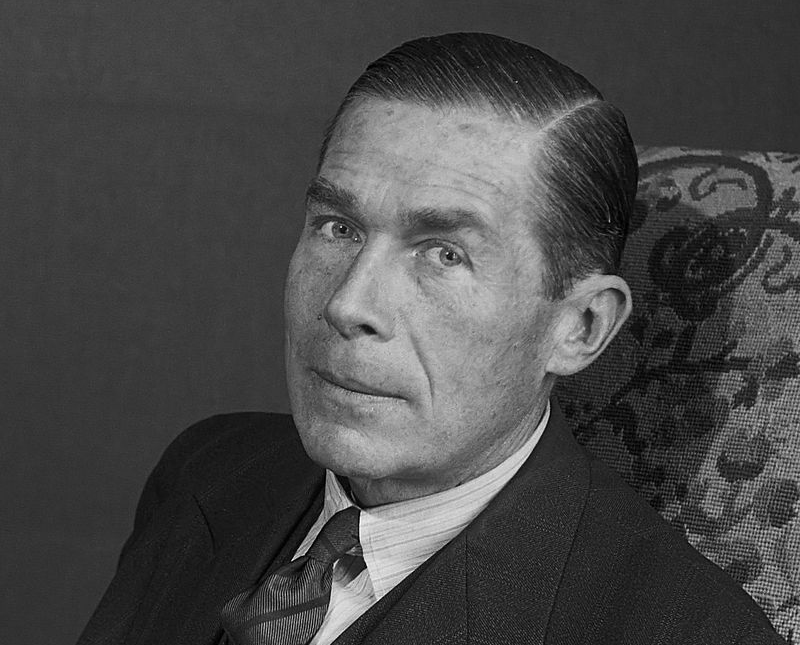
David Röell (1945), Stedelijk director
